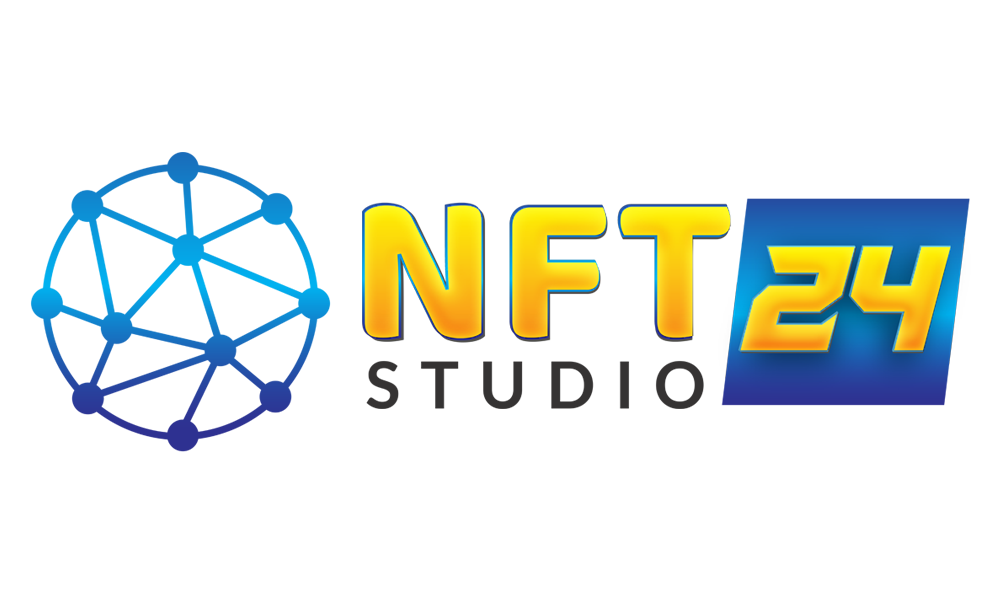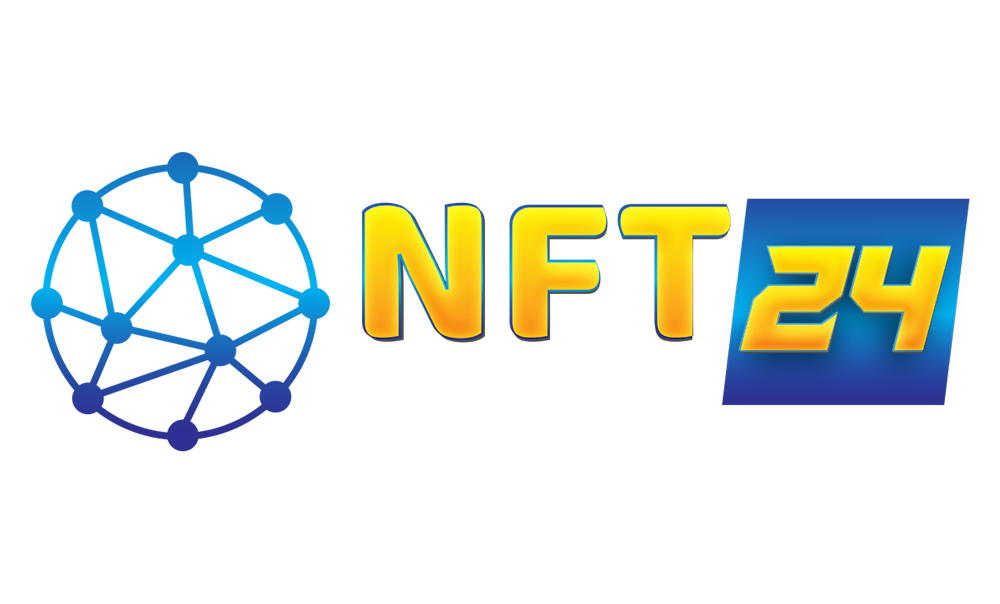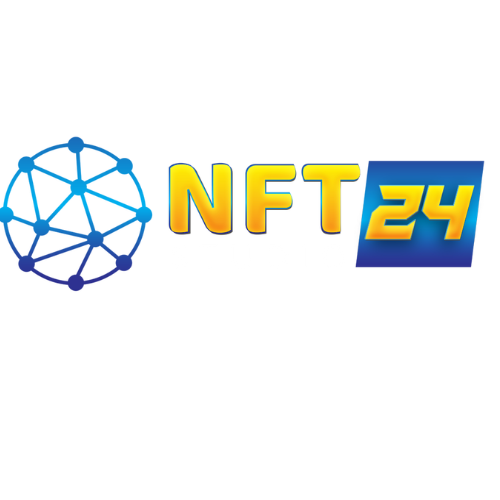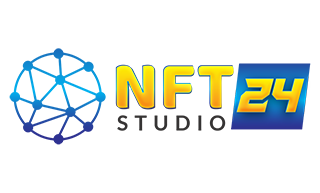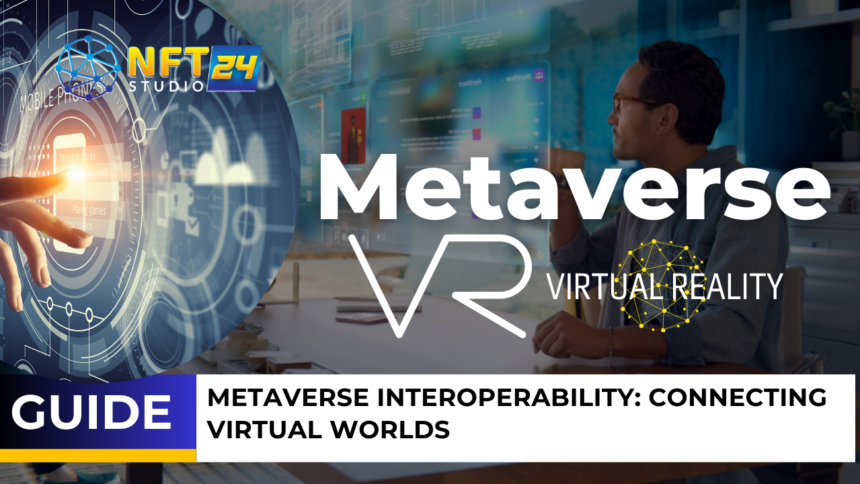If you haven’t heard of the metaverse before, it’s time to get in the loop. This ground-
breaking technology allows users to immerse themselves in a virtual world where
they can interact with others, buy, and sell virtual goods, and attend virtual events.
However, with so many virtual worlds being created, it’s crucial that they all have the
ability to connect and communicate with each other.
This is where Metaverse Interoperability comes into play. In this post, we will explore
what Metaverse Interoperability is, why it’s so important, and how it’s being
developed. So, strap in and get ready to explore the exciting world of Metaverse
Interoperability!
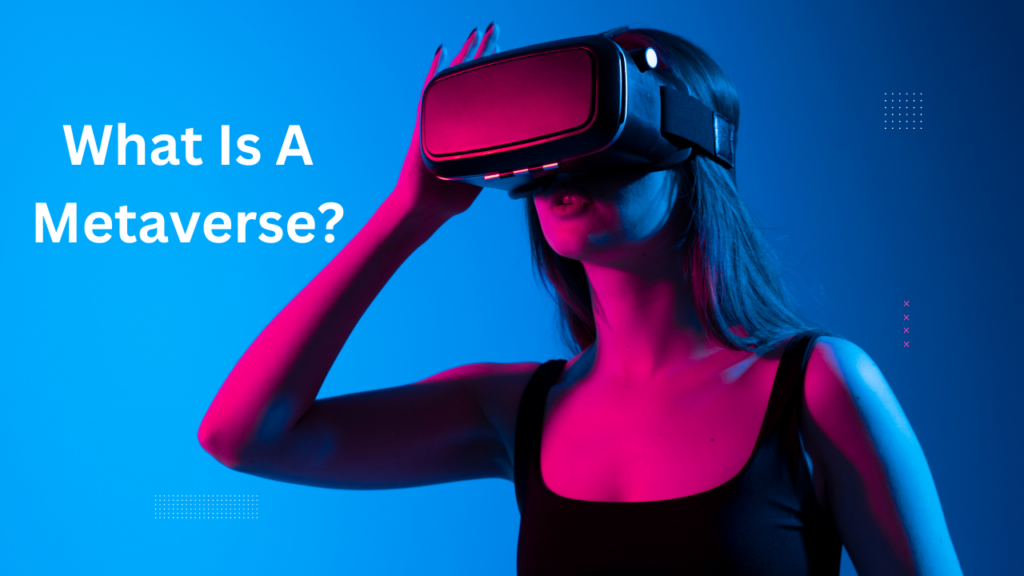
What Is A Metaverse?
The metaverse concept refers to a collective virtual shared space created by
converging multiple virtual worlds, augmented reality, and other immersive
technologies. It is a network of interconnected virtual environments that allows users
to interact with each other and the environment in a way that mimics real-life
experiences.
The idea of a metaverse has been around since the early days of virtual reality and
was popularized by Neal Stephenson’s novel “Snow Crash.” In recent years, it has
gained renewed attention due to technological advancements and the increasing
popularity of virtual worlds, social gaming, and immersive experiences.
Some of the technologies that are commonly used to create and operate metaverses
include virtual reality (VR) headsets, augmented reality (AR) devices, blockchain,
decentralized identity, and cloud computing. These technologies enable users to
create and customize their avatars, interact with each other in real-time, and create
and share content.
Recently Metaverse has been expanding its influence into many well-known games
one of which is PUBG
What Does Metaverse Interoperability Imply?
Metaverse interoperability refers to the ability of different virtual worlds or
metaverses to communicate and interact with each other seamlessly. This means
that users can move their avatars, assets, and data between different virtual
environments without any limitations, disruptions, or compatibility issues.
Metaverse interoperability implies that virtual worlds are no longer isolated silos but
interconnected ecosystems that enable cross-platform experiences and
collaborations. It also implies the existence of a set of standards, protocols, and
technologies that facilitate this interoperability, such as blockchain, decentralized
identity, and open APIs.
Why is Metaverse Interoperability Important?
Interoperability is important for several reasons.
- Promotes Collaboration: Interoperability promotes collaboration and enables
users to team up with each other to complete quests, challenges, and
missions. It allows for social interactions and collaborations, as players can
form clans, guilds, or communities, and engage in various social activities,
such as parties, events, and tournaments. - Expands User Base: Metaverse interoperability expands the user base and
creates a more extensive network of users. It allows users to experience a
more diverse range of virtual worlds and environments. This enhances
engagement and fosters loyalty. - Facilitates Asset Exchange: Interoperability facilitates the exchange of assets,
such as weapons, skins, and other virtual goods, across different games and
platforms. It enables players to collect and trade assets seamlessly, creating a
virtual economy that extends beyond individual games or platforms. - Increases Platform Value: Interoperability increases the value of individual
platforms by creating a more extensive ecosystem of interconnected virtual
worlds. It creates a more engaging and immersive experience for users, which
leads to increased platform value and revenue.
In What Ways Can Metaverse Interoperability Be Used?
Metaverse interoperability can be achieved through various components such as
technical standards, software, avatars, interoperable digital assets, and features.
Avatar:
Interoperability in the metaverse is largely driven by the avatar, which serves as a
crucial link between the real user and their virtual presence. Through their avatar,
users can navigate and explore various virtual worlds, enjoying features like gaming,
services, contests, token rewards, and asset investments for their crypto wallets.
Fun Fact! A group of companies including Microsoft, Sony, Nvidia, Meta, and Adobe,
among others, has recently announced the formation of the Metaverse Standards
Forum. This consortium aims to ensure interoperability in the metaverse.
Features
Interoperable metaverses offer a range of features that enhance the user
experience. By leveraging services from other decentralized virtual spaces,metaverses can offer a wider range of capabilities, such as external APIs and free
storage space to increase their capacity.
Digital assets
Interoperable digital assets in the metaverse can be used across different virtual
worlds, allowing users to access and trade collectibles, gaming enhancements, and
other items purchased from one metaverse in another. This creates a seamless
experience for users and expands the potential value of digital assets within the
metaverse.
A presence in the metaverse can present several challenges for brands, such as
ensuring the compatibility of their products and services with various virtual worlds.
Interoperability can also demand a considerable investment in time and resources,
and users may not find a brand’s offerings in a particular metaverse.
Nevertheless, creating interoperable assets can bring numerous advantages to
brands that want to expand their customer experiences across virtual universes.
Role Of Metaverse Interoperability In E-Commerce:
The emergence of the metaverse has created new opportunities for commerce and
e-commerce. As virtual worlds expand and diversify, there is a growing need for
interoperability that allows for seamless transactions and interactions across multiple
platforms.
Metaverse interoperability plays a crucial role in enabling cross-platform commerce,
allowing users to buy, sell, and exchange goods and services regardless of the
virtual world they are in.
- The ability to transfer assets and conduct transactions across multiple
virtual worlds is essential for the growth and success of cross-platform
commerce.
Metaverse interoperability allows users to easily move between different virtual
environments, buy and sell goods and services, and engage in other transactions
without being limited to a specific platform.
- In the absence of interoperability, the metaverse would become
fragmented, with users and assets confined to specific platforms.
This fragmentation would limit the potential for cross-platform commerce and make it
difficult for users to engage with each other and exchange goods and services.
- By enabling cross-platform commerce, metaverse interoperability
creates new business opportunities for companies and entrepreneurs.
It allows them to sell their products and services to a wider audience, regardless of
the virtual world they are in. This opens up new revenue streams and expands the
potential customer base.
Internal vs External Interoperability in the Metaverse
Interoperability in the metaverse can be categorized into two main types: internal
interoperability and external interoperability.
Internal interoperability refers to the ability of different components within a single
metaverse to interact with each other seamlessly. This includes communication
between different virtual objects, services, and features within the same metaverse.
Internal interoperability allows users to move freely and smoothly within the virtual
world without encountering technical barriers or glitches.
On the contrary, external interoperability pertains to the capability of distinct
metaverses to converse and engage with each other. This enables users to transfer
their digital personas, possessions, and privileges between various virtual realms
while retaining their worth and utility.
External interoperability also enables the exchange of digital assets between
different metaverses, creating a decentralized and interconnected virtual economy.
Challenges to Metaverse Interoperability
While the benefits of metaverse interoperability are clear, there are several
challenges that must be addressed before it can become a reality.
- One of the biggest challenges is technical. Virtual worlds are often built on
different platforms, using different programming languages and protocols.
Creating a common language that can be used across all virtual worlds is essential
for enabling interoperability.
- Another challenge is legal. Virtual assets, such as virtual real estate or digital
currencies, are often subject to different legal frameworks in different
jurisdictions.
Establishing a legal framework that allows for the transfer of these assets between
virtual worlds will be essential for creating a truly interconnected metaverse.
- Economic Challenges: Metaverse interoperability also poses economic
challenges, as it requires creating a virtual economy that extends beyond
individual games or platforms.
This requires collaboration between different virtual worlds, which can be difficult to
achieve due to conflicting business interests and revenue models.
Ways These Challenges Are Addressed?
As the metaverse advances, brands must ensure their digital offerings are easily
accessible to users on different virtual platforms. METAV.RS specializes in
developing innovative ways for brands to create enhanced experiences on multiple
platforms. Their no-code platform allows brands and agencies to effortlessly develop,
integrate, and manage products and catalogs in virtual spaces.
Furthermore, METAV.RS provides a white-label solution for creating digital assets
and NFTs, making it easy for brands to sell their products on websites and marketplaces. The 3D Builder app scans physical objects and translates them into
the metaverse, expanding users’ virtual experiences.
METAV.RS uses Augmented Reality to provide brands with tools to enhance the user
experience and add layers of interaction with their products. Combining Augmented
Reality and NFTs creates an entertainment level beyond imagination and creativity.
METAV.RS is an ideal partner for brands seeking to enhance their digital presence in
the metaverse.
Examples of Metaverse Interoperability
Numerous virtual worlds and platforms are now exploring metaverse interoperability.
Here are some examples:
- Decentraland is a virtual world that operates on blockchain technology,
enabling its users to generate, relish, and profit from content and apps. The
platform has established compatibility by implementing a common API, which
developers can utilize to produce apps and experiences that function across
different virtual environments and forms of media.
- Roblox is a gaming platform that lets users create and play games virtually.
The platform has achieved interoperability through an avatar and asset
management system, enabling users to move their avatars and assets
between different games without difficulty.
- The Sandbox is a blockchain-based virtual world that lets users create,
share, and monetize content and applications. The platform has achieved
interoperability through a standard API and SDK that developers can use to
create applications and experiences that can be used across various virtual
worlds and media.
Recently..

Metaverse Fashion Week 2023, held on the Decentraland platform from March 28 to
31, has set the stage for the future. The event, which ran for four days and featured
over 60 designers and artists, included big names like Coach, Tommy Hilfiger, and
Diesel, as well as web-based brands such as DressX, The Fabricant, and the
Institute of Digital Fashion.
The event showcased wearable collections, digital spaces, and groundbreaking
activations from leading fashion brands, independent designers, and members of the
DCL community. More than 100,000 guests attended virtual catwalks, openings,
exhibitions, concerts, and after-parties, making it the most successful MVFW yet.
This event’s success demonstrates the bright future of Metaverse Interoperability.
What Are Plans For The Future:
To unlock the full potential of the metaverse as a secure and inclusive
platform and a rapidly growing market worth an estimated $800 billion by
2024, interoperability is a crucial component.
As companies increasingly become participants in addition to product or
service providers, the metaverse has the potential to disrupt most industries.
The World Economic Forum has launched two groundbreaking reports on the
future of the metaverse, resulting from a historic initiative aimed at promoting
safety, equity, and interoperability during its development.
Achieving interoperability in the metaverse is a complex and challenging task for
several reasons. Firstly, the metaverse is still in its infancy, and there is no clear
standard or protocol for how virtual worlds and platforms should interact with each
other.
Secondly, the current metaverse is fragmented, with various platforms using different
technologies, programming languages, and development environments. This
fragmentation makes it difficult to establish a common language that can enable
seamless interoperability between different platforms.
Conclusion:
In conclusion, Metaverse Interoperability is a crucial factor in unlocking the full
potential of the metaverse. By allowing seamless interaction between different virtual
worlds and platforms, it opens up new possibilities for users and businesses alike.
With the emergence of Web3 technologies and blockchain-based platforms, we are
witnessing the birth of a new era of digital commerce, where cross-platform
transactions and interactions are becoming the norm.
As users increasingly demand more immersive and engaging experiences,
businesses that can provide them with the seamless and connected experiences
they crave will be the ones that thrive in the metaverse of tomorrow.
